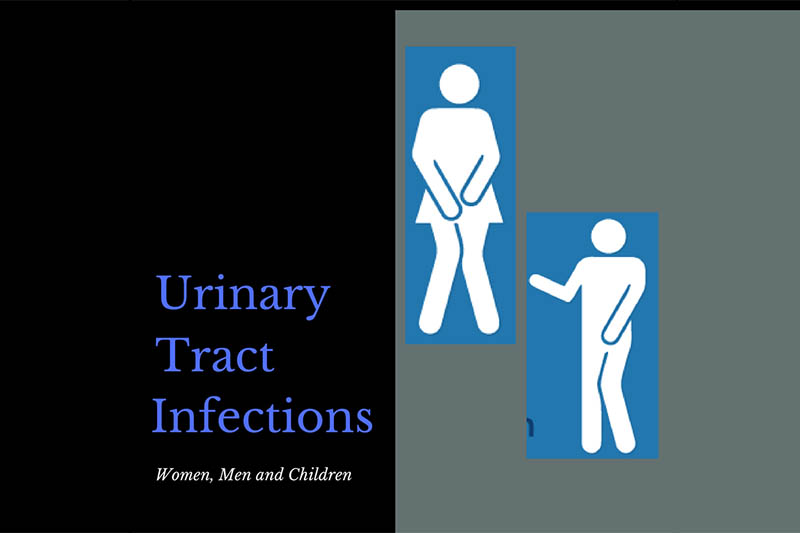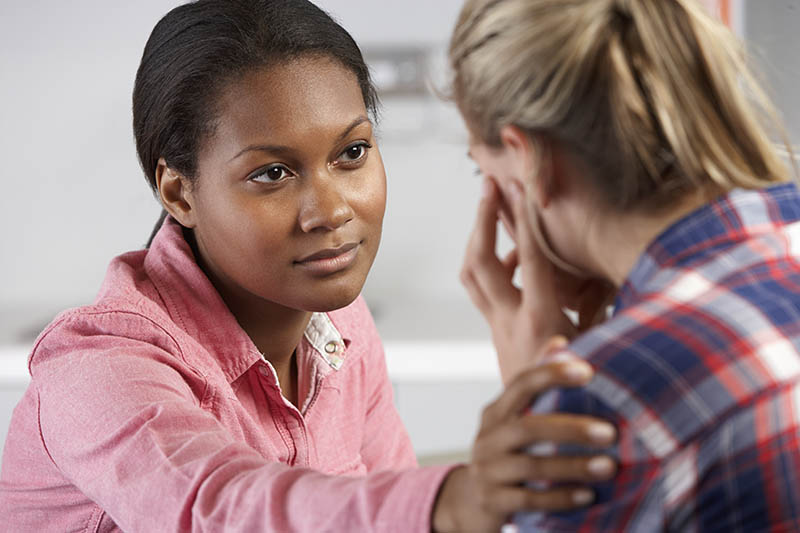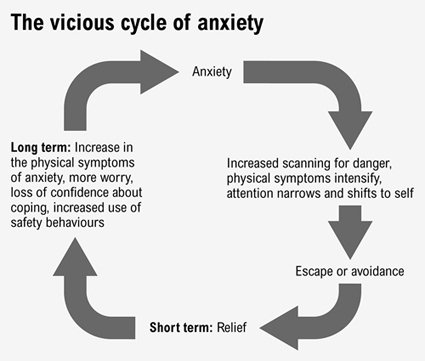
What are UTI’s? Urinary Tract Infections
Do you… Frequently or urgently need to urinate Often only pass small amounts of urine Have Pain or burning sensation when urinating These can be symptoms of urinary tract infections. There

An anxiety condition is a medical condition characterized by excessive and persistent worrying and fear. Anxiety, as an emotion, plays and important role in helping us get safely through everyday life, and can be a helpful early warning system in a variety of different experiences. People suffering from an anxiety disorder however, are plagued by persistent, intense, and sometimes irrational worries and fears on a daily basis.
Anxiety is very common, affecting 1 in 6 people in Australia. It can occur at any time of life and is common in any age group, with women more often affected than men.
There are multiple different types of anxiety disorders. These include

A person suffering from an anxiety disorder, particularly GAD, must have the majority of the symptoms for more than 6 months, and on more days than not.
If anxiety symptoms are present a doctor will begin assessment by asking specified questions, examining medical history and the medical history of parents, and performing a physical examination. There are no laboratory tests available to detect anxiety, but some tests may be performed to rule out other causes or diseases.
If there is no other medical illness found, the doctor may refer the patient to a psychiatrist, psychologist, or another mental health professional specially trained in diagnosing and treating mental illnesses.
*A psychiatrist is a medical doctor who specializes in diagnosing, preventing, and treating mental illnesses. They are trained to differentiate mental health problems from other underlying medical conditions. They are also authorized to write prescriptions.
*A psychologist has a doctoral degree in psychology (the study of the mind and behaviours), and are qualified to perform counselling, psychotherapy, and psychological testing, and to provide treatment for mental disorders. As they are not medical doctors however, psychologist cannot provide prescriptions or perform medical procedures.

Do you… Frequently or urgently need to urinate Often only pass small amounts of urine Have Pain or burning sensation when urinating These can be symptoms of urinary tract infections. There
Disclaimer – Our intent is not to diagnosis but to offer information on therapy choices and practitioners. Information on this site is intended general educational purposes only. Any statements made are carefully referenced and any information, products or services discussed are not intended to diagnose, cure, treat or prevent any disease or illness. Please consult a healthcare practitioner before making a choice.